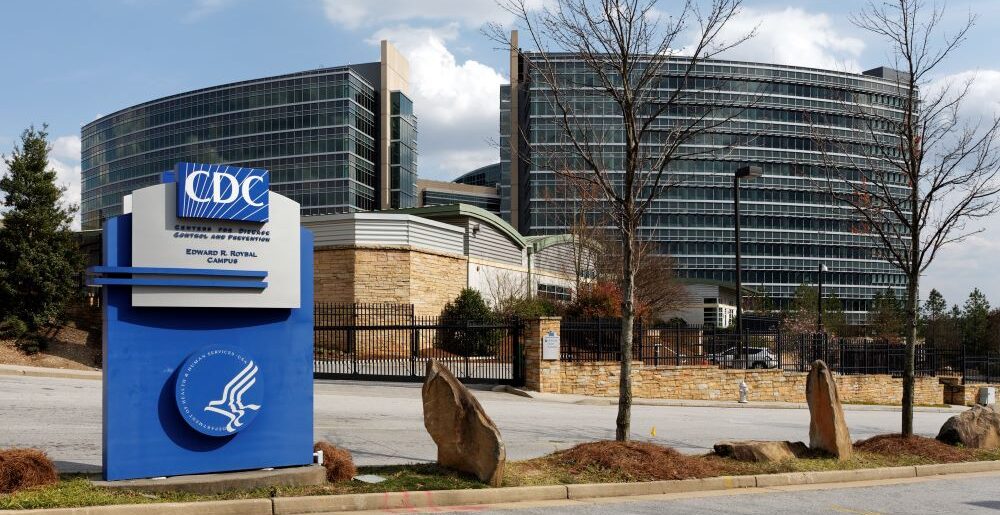Communication from the Centers for Disease Control and Prevention (CDC) to the U.S. public has quieted to an unprecedented level, with experts warning that the ongoing silence could threaten the health of Americans.
Since the beginning of the Trump administration in January, many of the CDC’s regular public communication platforms — including newsletters, health alerts, and social media channels — have dramatically reduced activity or gone silent altogether, according to an analysis by NPR and accounts from current and former CDC employees.
Related Article: Measles Resurgence Looms: Experts Urge Immediate Vaccine Action
Historically, the CDC has shared health alerts on emerging diseases, outbreaks, and chronic conditions to a vast audience of medical professionals and the wider public. The CDC’s main social media channels reached over 12 million followers, and more than 150 newsletters delivered timely health information on topics such as arthritis, diabetes, and food safety to tens of thousands of subscribers.
Yet in 2025, health experts and internal staff say those updates have largely stopped.
HHS Now Handling CDC Social Media Posts
These changes emerged soon after the Department of Health and Human Services (HHS) took direct ownership of CDC’s social media channels, requiring agency staff to seek HHS approval before sharing updates. Employees report that less than half the posts submitted to HHS are authorized for public release, even for basic updates during disease outbreaks.
The constraints on communication have coincided with sweeping federal staff layoffs. On April 1, a “reduction in force” resulted in thousands of federal health workers losing their jobs, including much of the CDC’s communications division, social media team, web developers, and digital media specialists. The mass layoffs left the agency unable to operate its main social media accounts, further limiting direct outreach to the public.
Related Article: Poll Shows Widespread Misinformation About Measles and Vaccines Among U.S. Adults
Despite the slowdown in communications, health emergencies have not paused. Outbreaks of measles, salmonella, listeria, hepatitis A, and hepatitis C have all affected communities nationwide. Despite this, the CDC’s Health Alert Network has not posted updates since March, and the agency’s main publication, the Morbidity and Mortality Weekly Report, experienced an unprecedented two-week hiatus at the start of the Trump administration and ongoing publication inconsistencies.
Some CDC employees, who spoke to NPR on condition of anonymity, described the situation as having their “hands tied behind their backs.” They warn that restricted communication could delay public awareness and response during health threats, potentially putting millions at risk.
While HHS officials have disputed aspects of internal staff accounts, the sharp decline in communication is observable in public records. Delays, missing information, and reduced scope in CDC publications have become increasingly common, according to employees and subscribers.
U.S. Public Health at Risk
Experts emphasize the stakes are high. Quick, transparent information flow has historically been key to the CDC’s ability to protect public health, especially during emerging health threats. Four current and former CDC staffers confirmed that, with the centralization of content control and significant layoffs, the agency’s primary mission of providing critical science and health information to safeguard the nation is now at risk.







